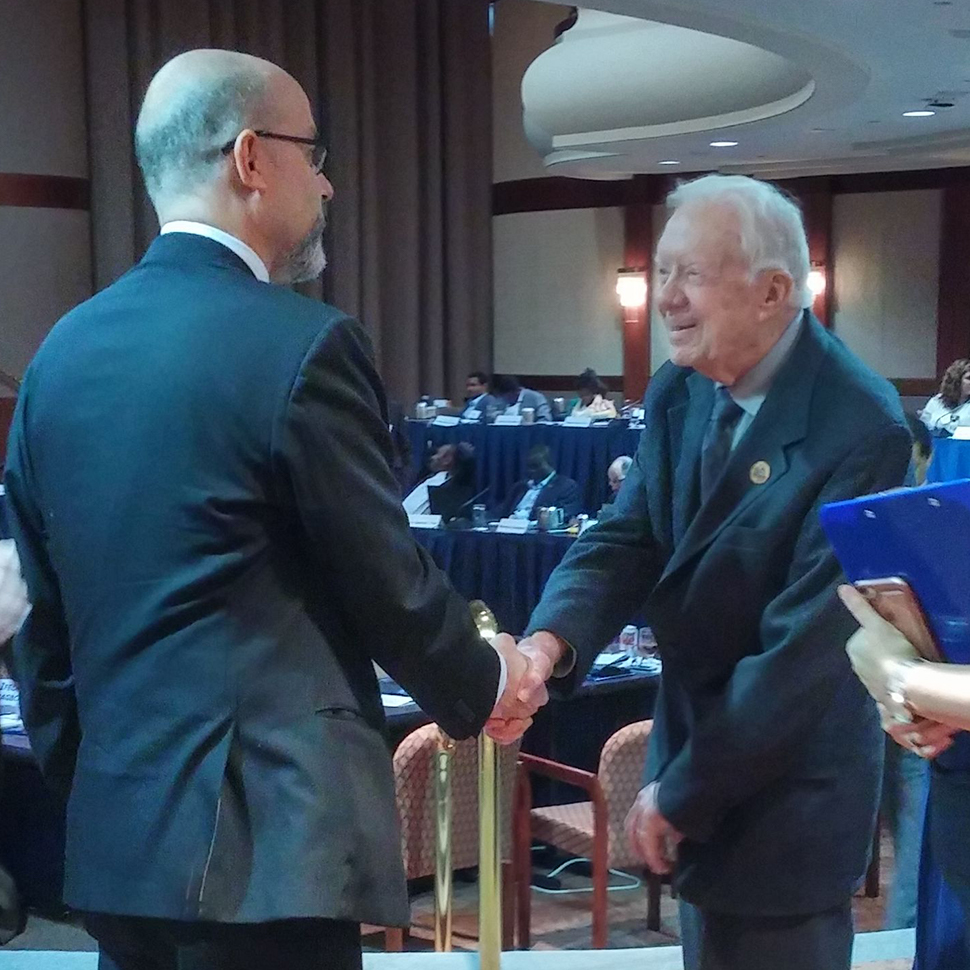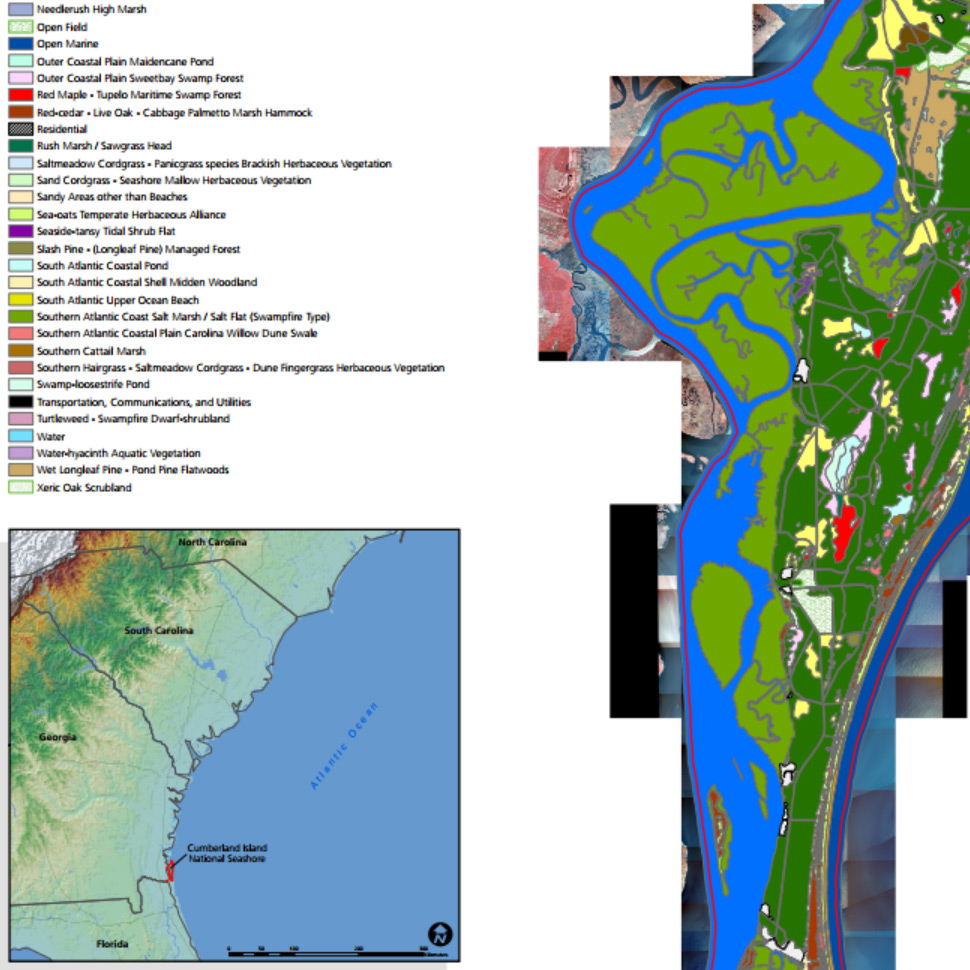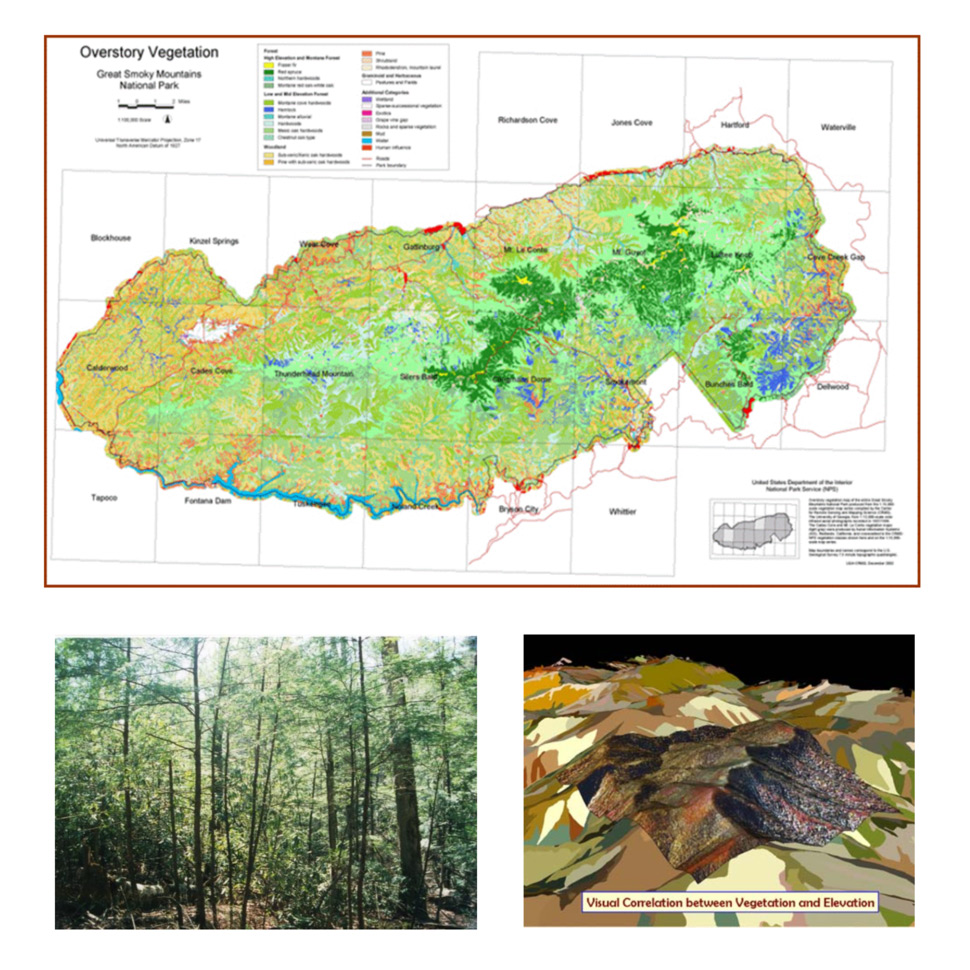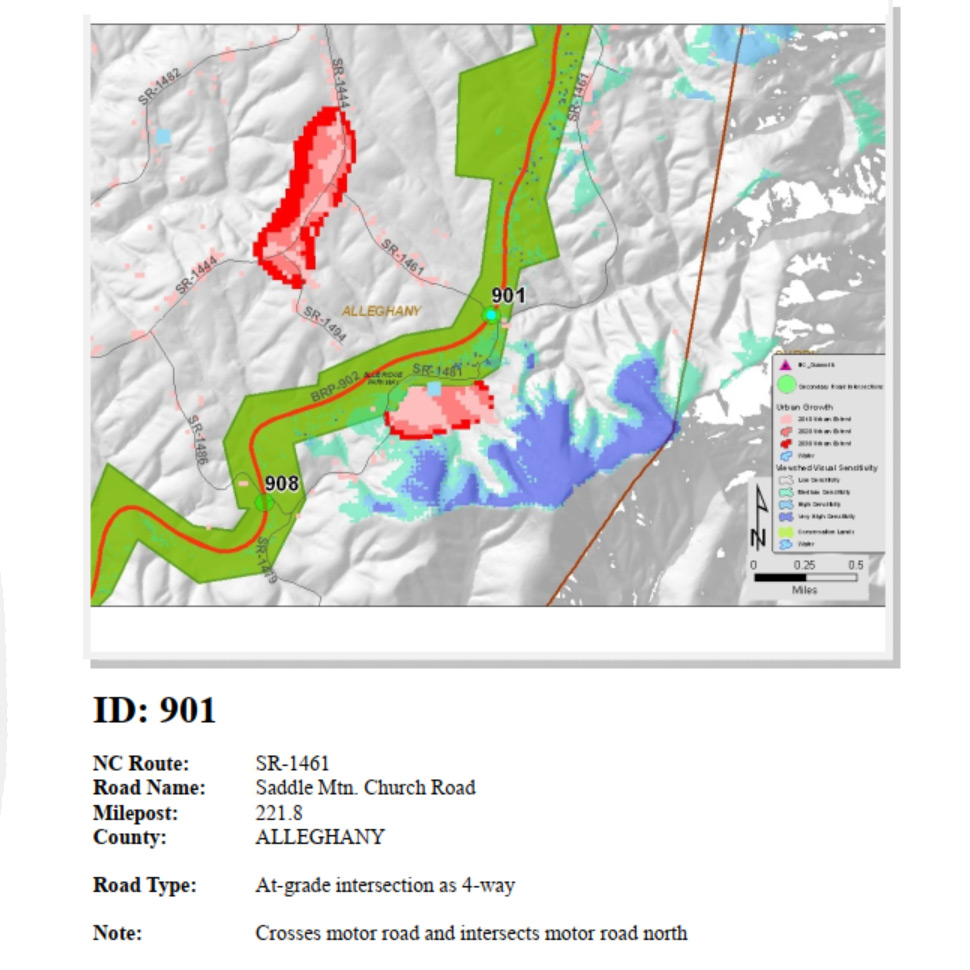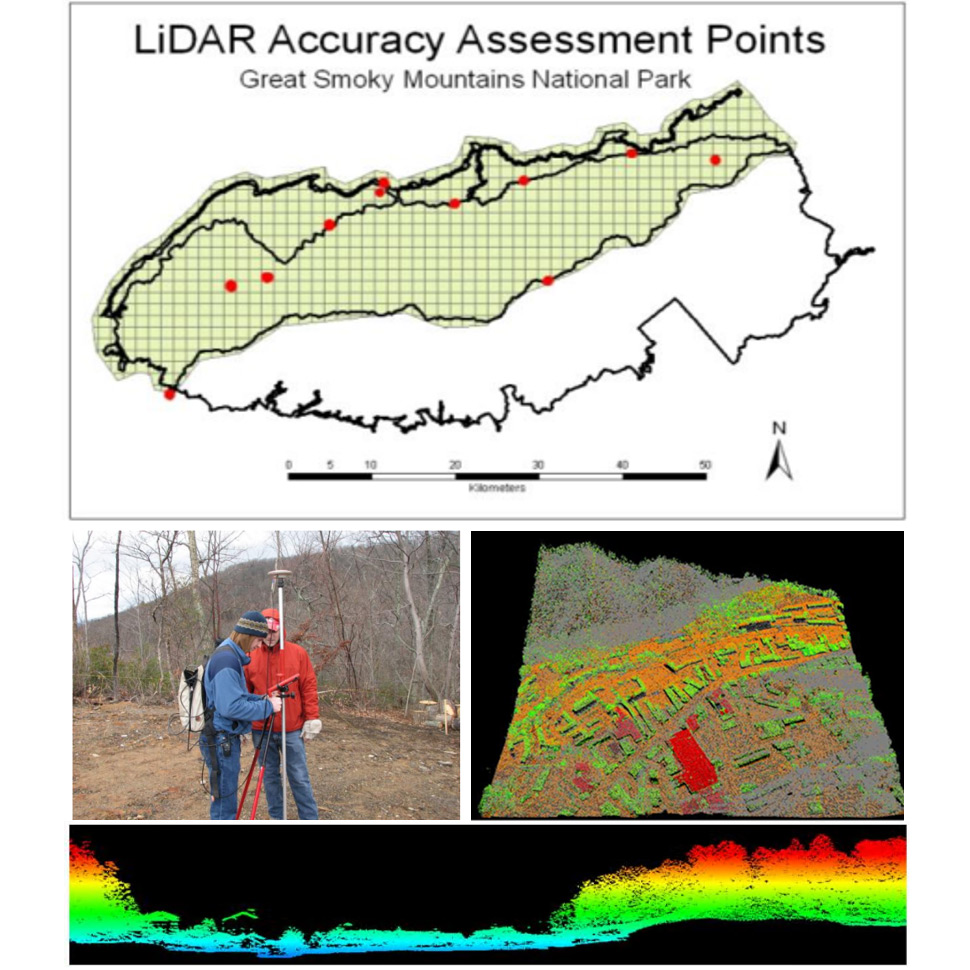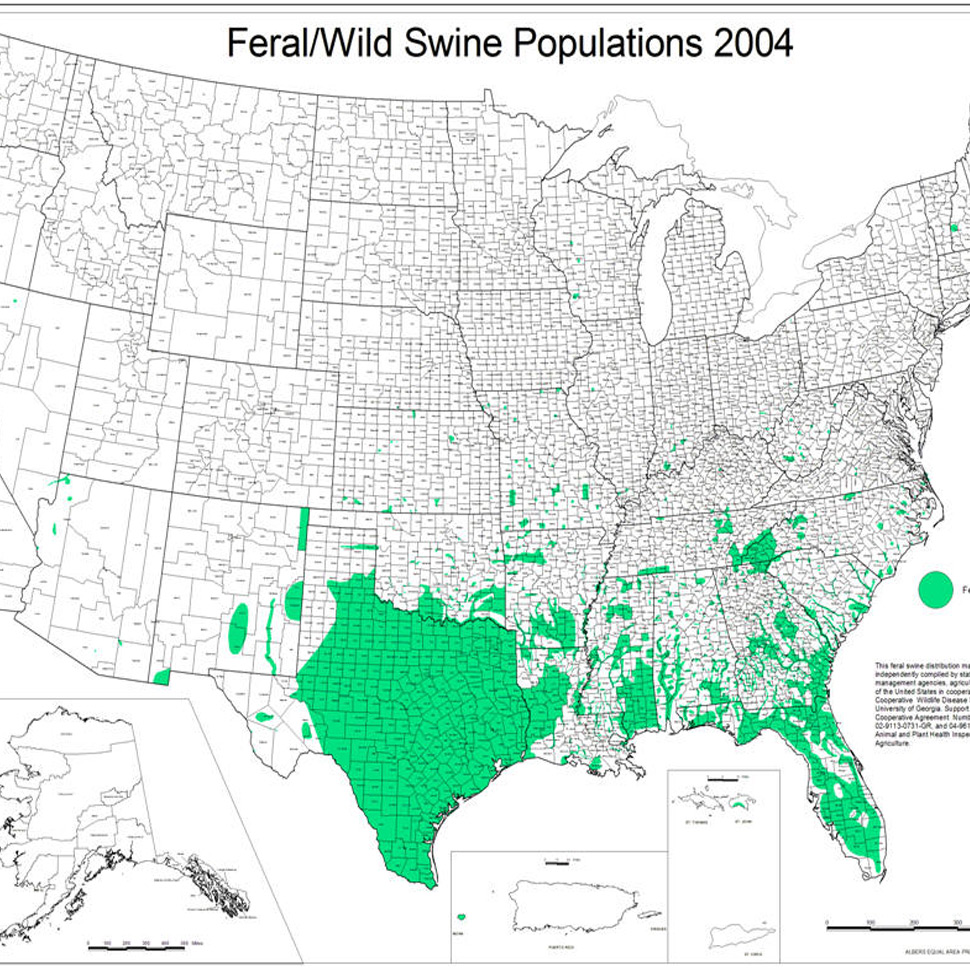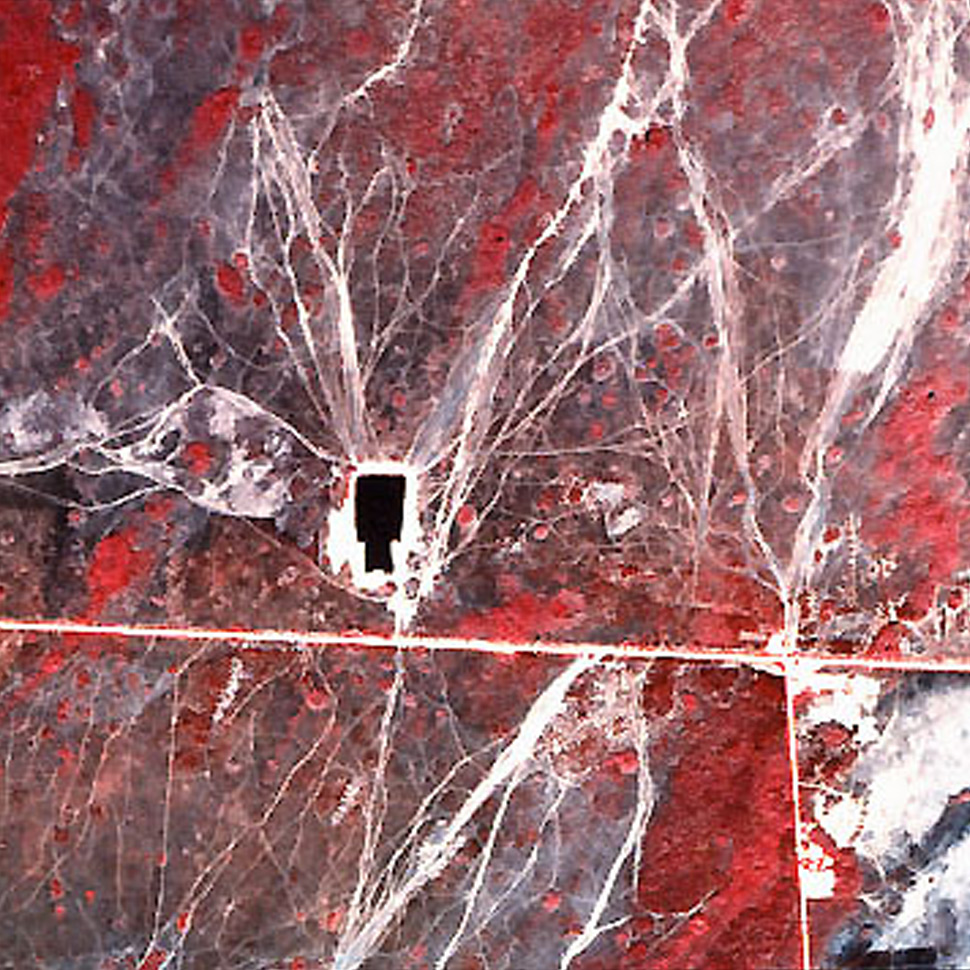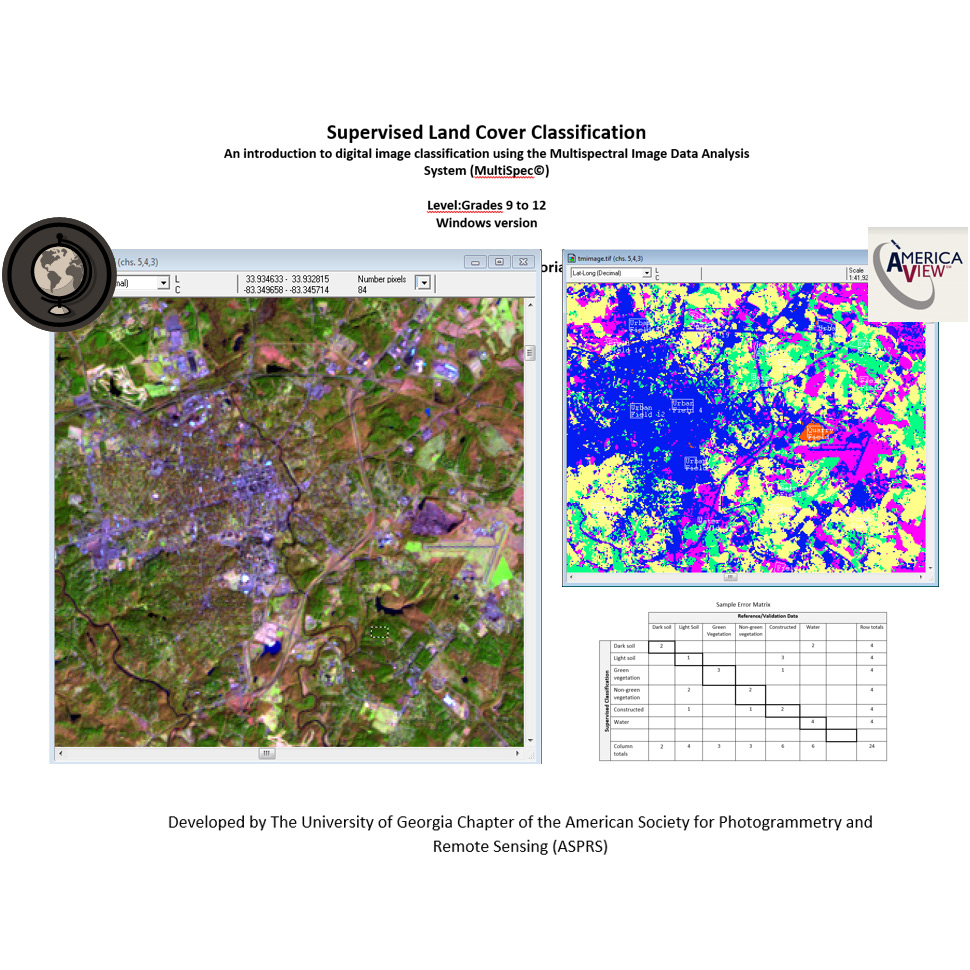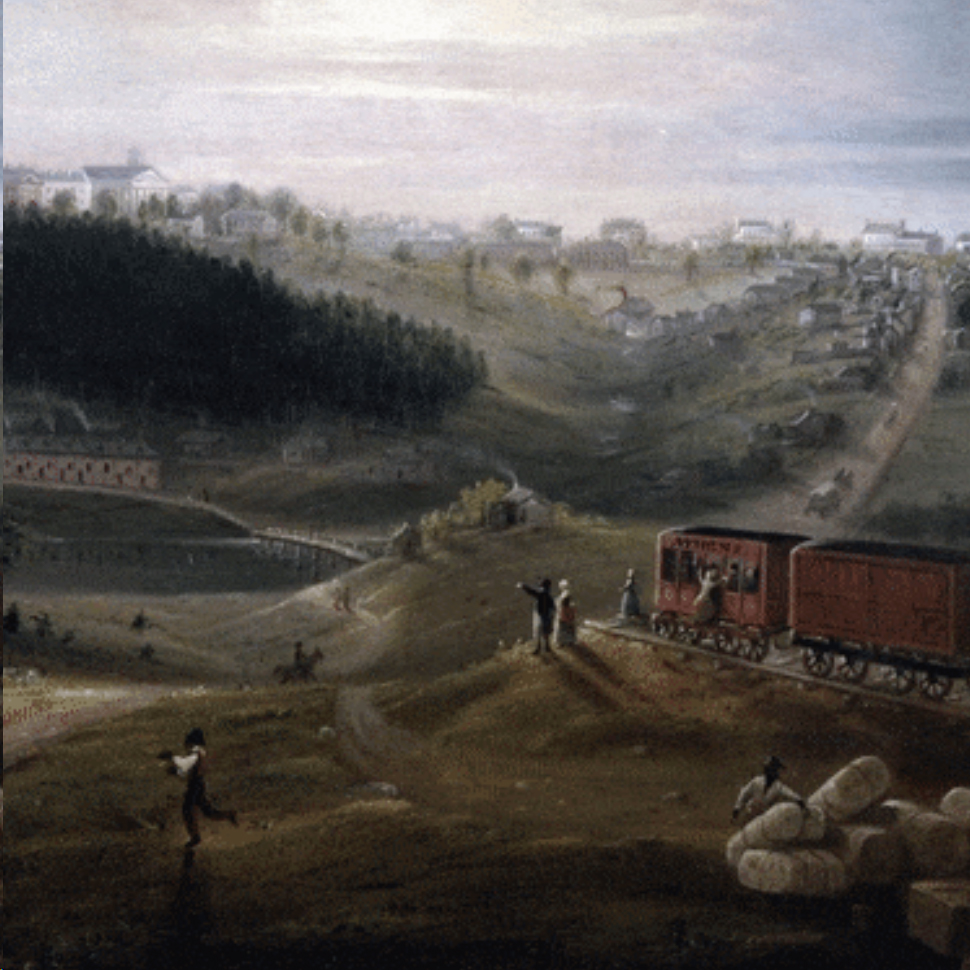
Athens: Layers of Time
The project's datasets and story map serve as a portal to highlight and provide scholarly resources to support studies involving the Old Athens Cemetery, the Oconee Hill Cemetery, and the use of geographic space through time in Athens, Georgia. The multiple maps, images and documents compiled by this project help visualize and understand the growth of the City of Athens, the UGA campus and surrounding living and working environment of the people.
Funding source: Office for the Vice President for Research, UGA.
Center investigators: Marguerite Madden (PI, Phase 1) Sergio Bernardes (PI, Phase 2)
Project website: Athens: Layers of Time
